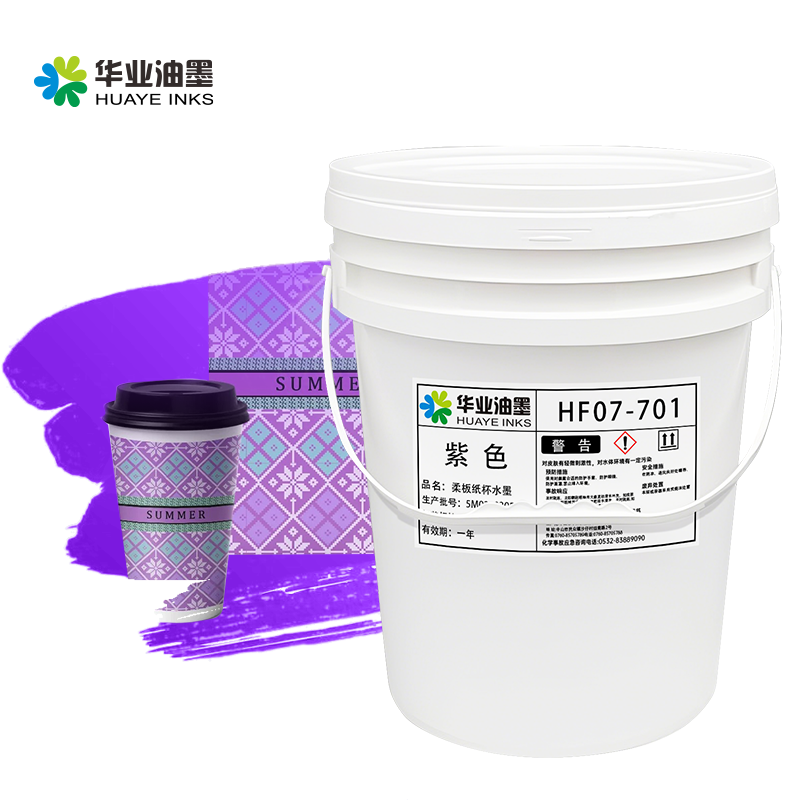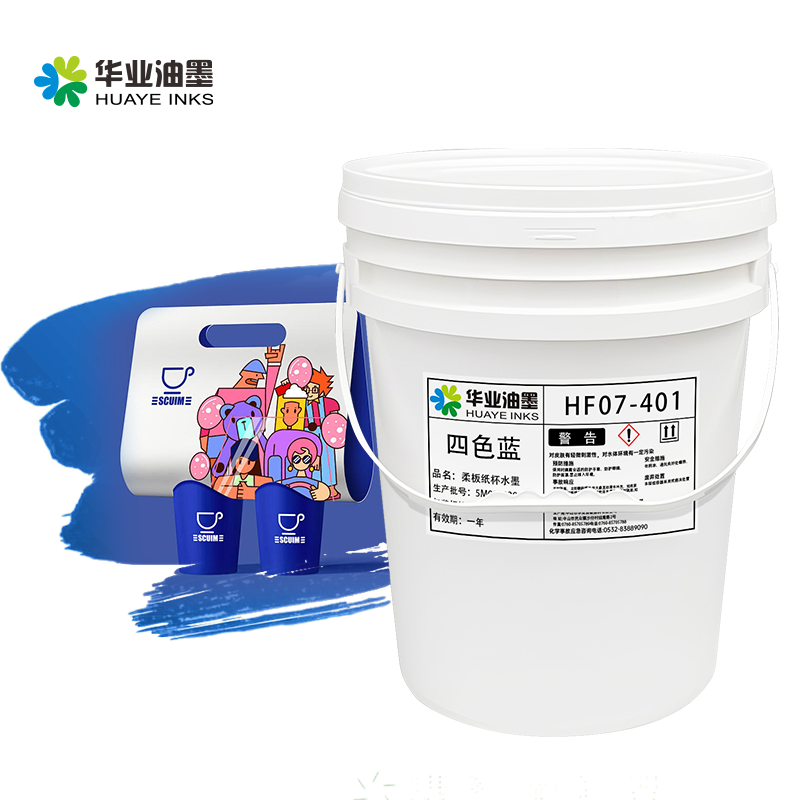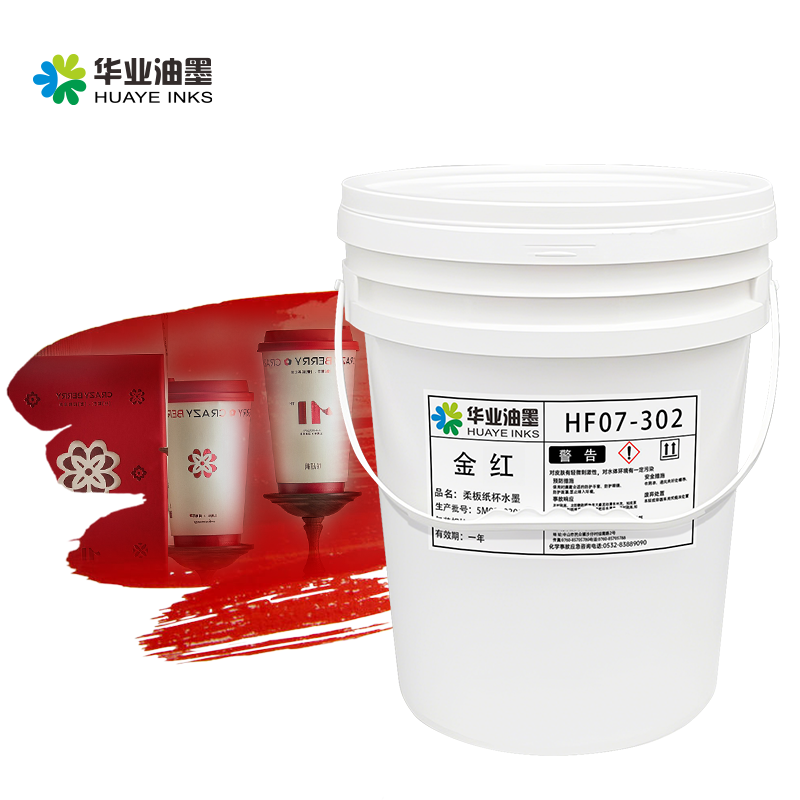No.2 Jieging Road ,Shazai industrial Park, Minzhong Zhongshan City, Guangdong Province
Flexo solvent is a crucial component in solvent - based flexographic inks, playing a vital role in determining the ink's properties and performance during the printing process. Solvents in flexographic inks serve multiple functions that are essential for achieving high - quality prints. Firstly, flexo solvents act as carriers for the pigments, binders, and other additives in the ink. They dissolve or disperse these components, creating a homogeneous ink mixture that can be easily applied to the substrate. By ensuring the even distribution of the ink components, solvents contribute to consistent color quality and printability. The choice of solvent can also affect the pigment dispersion, as different solvents have varying abilities to wet and disperse the pigments, which in turn impacts the color strength and clarity of the printed images. Secondly, flexo solvents control the ink's viscosity. Viscosity is a critical parameter in flexographic printing, as it determines how the ink flows and transfers from the printing plate to the substrate. Solvents are carefully selected and blended to achieve the optimal viscosity for each specific printing application. A lower - viscosity solvent can make the ink more fluid, which is suitable for high - speed printing or printing on porous substrates, while a higher - viscosity solvent may be required for printing on non - porous surfaces or for achieving thicker ink laydowns. The drying speed of flexographic inks is also largely influenced by the solvents. Flexo solvents with low boiling points evaporate quickly, allowing the ink to dry rapidly on the substrate. This fast - drying property is highly desirable in many printing applications, as it enables faster production cycles and reduces the risk of smudging or offsetting. However, the drying speed needs to be balanced to ensure proper ink adhesion and color development. If the solvent evaporates too quickly, it may cause issues such as poor ink penetration into the substrate or uneven drying, leading to defects in the printed image. Moreover, flexo solvents can affect the ink's compatibility with different substrates. Some solvents may interact better with certain materials, enhancing the ink's adhesion and durability on those substrates. For example, solvents that can slightly soften or swell the surface of plastic substrates can improve the ink - substrate bond. However, the use of traditional flexo solvents, especially those containing harmful volatile organic compounds (VOCs), has raised environmental and health concerns. As a result, there is a growing trend towards developing more sustainable flexo solvents, such as low - VOC or bio - based solvents, that can maintain the performance of the ink while reducing its environmental impact.


